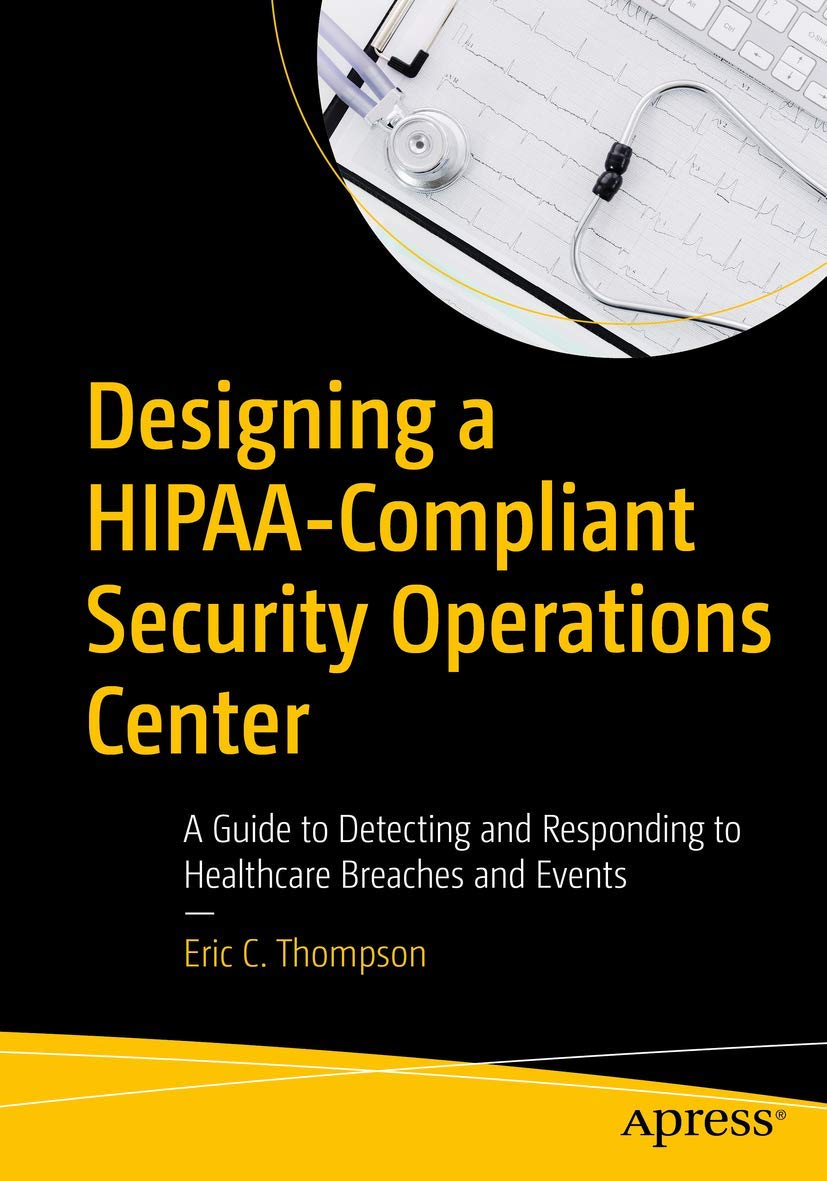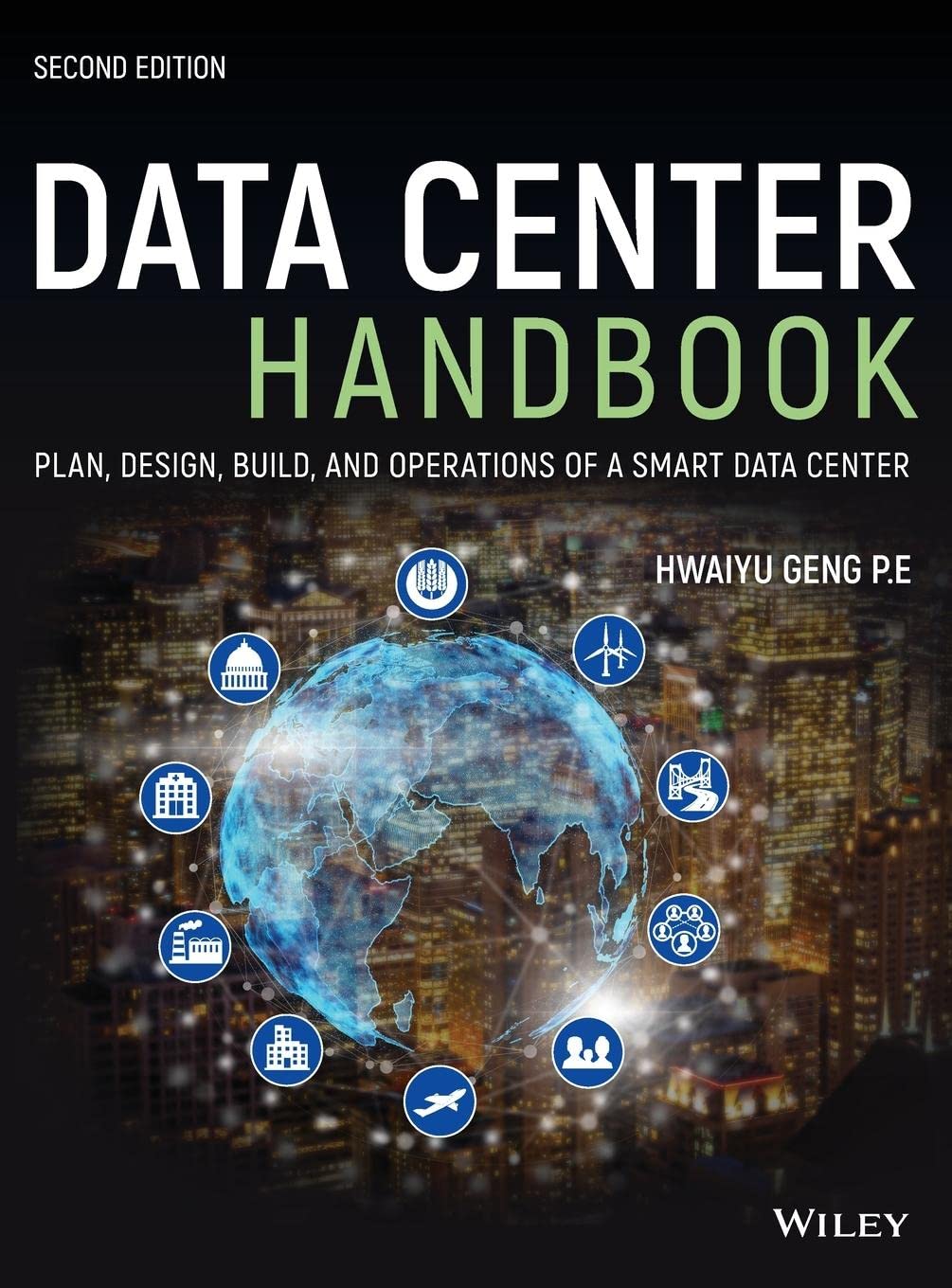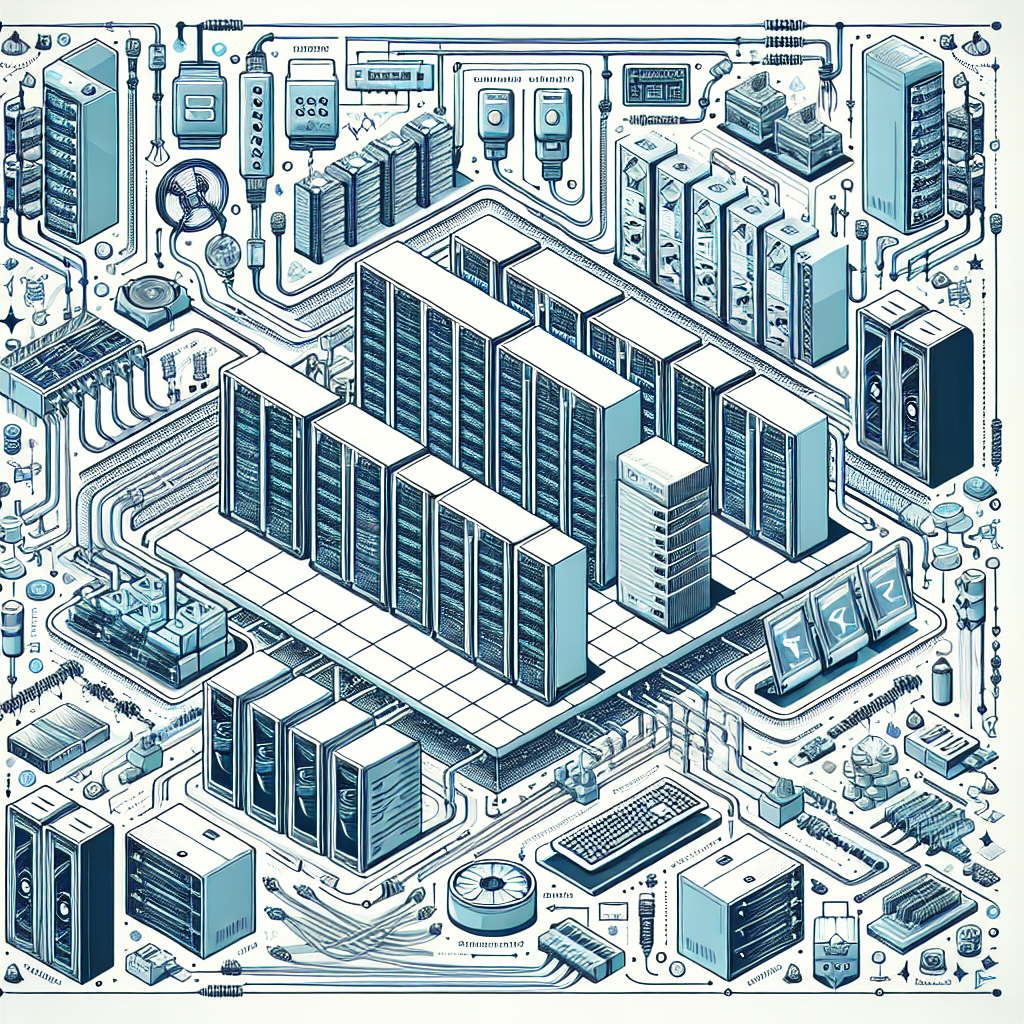In today’s digital age, data centers play a crucial role in ensuring business operations run smoothly. These facilities house and manage an organization’s critical IT infrastructure, including servers, networking equipment, and storage systems. Data center uptime, or the amount of time a data center is operational and available, is a key metric that can have a significant impact on business operations.
Downtime, or the period of time when a data center is not operational, can have serious consequences for businesses. In fact, a recent study by the Ponemon Institute found that the average cost of data center downtime is $9,000 per minute. This can result in substantial financial losses, as well as damage to a company’s reputation and customer relationships.
One of the most significant impacts of data center downtime is on productivity. When a data center goes offline, employees are unable to access the critical applications and data they need to perform their jobs. This can lead to delays in completing tasks, missed deadlines, and a decrease in overall efficiency. In some cases, businesses may even be forced to cease operations entirely until the data center is back up and running.
Additionally, downtime can also have a negative impact on customer satisfaction. In today’s fast-paced world, customers expect instant access to information and services. If a company’s website or online services are unavailable due to data center downtime, customers may become frustrated and take their business elsewhere. This can result in lost revenue and damage to a company’s reputation.
Data center downtime can also have legal and regulatory implications for businesses. In industries such as healthcare and finance, organizations are required to adhere to strict data security and privacy regulations. If a data center goes offline and sensitive information is compromised, a company may face costly fines and legal repercussions.
To mitigate the impact of data center downtime, businesses should invest in reliable infrastructure and implement robust disaster recovery and business continuity plans. This includes redundant systems, backup power supplies, and monitoring tools to quickly detect and address potential issues. Regular maintenance and testing of data center equipment are also essential to ensure optimal performance and minimize the risk of downtime.
In conclusion, data center uptime is crucial for the smooth operation of business processes. Downtime can have a significant impact on productivity, customer satisfaction, and legal compliance. By investing in reliable infrastructure and implementing comprehensive disaster recovery plans, businesses can minimize the risk of downtime and ensure their operations run smoothly and efficiently.











